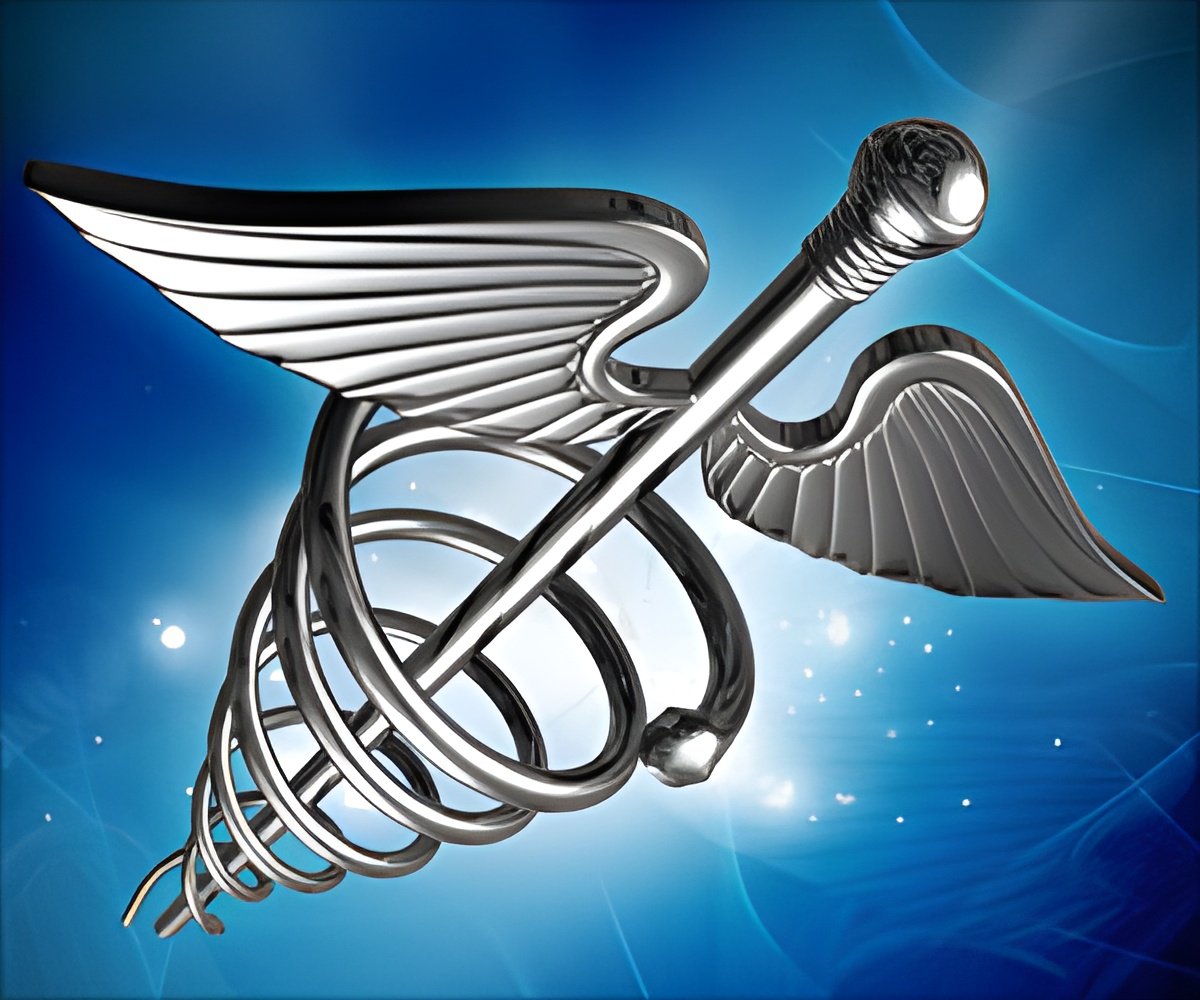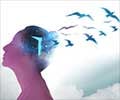
Bipolar disorder is a clinically severe affective disorder, in which mood typically swings from the manic pole of euphoria and/or extreme irritability to depression and loss of interest or pleasure. Mixed illness episodes are characterized by both manic and depressive symptoms. Bipolar disorder can be divided into two major subtypes – bipolar type I and bipolar type II –, although further extension of the bipolar spectrum may be of clinical relevance.
- Bipolar type I disorder is characterized by a history of at least one manic episode, with or without depressive symptoms.
- Bipolar type II disorder is characterized by the presence of both depressive symptoms and a less severe form of mania (´hypomania´).
Bipolar disorder in children and adolescentsAffecting 3% of the general population, bipolar disorder is a significant health problem due to its early onset and its chronic, life-long, and relapsing course associated with great impairment. In children and adolescents the illness results in considerable functional limitations and high rates of psychiatric hospitalization (Axelson et al., 2006). According to retrospective studies, 20% of adults with bipolar disorder had their first symptoms before the age of 20 years (Lish et al., 1994; Perlis et al., 2004).
DiagnosisTo diagnose bipolar I disorder in adolescents, adult criteria (DSM-IV) are used except that (NICE Guidelines, 2006):
- Mania must be present.
- Euphoria must be present most of the time (in the course of the past 7 days).
- Irritability has to be noted if it is episodic, severe, results in impaired function and is not in character or is out of keeping with the context. Advertisement
- More mixed episodes than pure manic ones
- Frequent irritability and aggressive behaviour
- Psychotic features in 30% of the acute episodes (which may lead to diagnosis errors in 50% of the cases)
- More often observed rapid cycling profile
- Sexual disinhibition,
- High rates of comorbidities such as Attention Deficit Hyperactivity Disorder (ADHD), substance abuse, conduct and anxiety disorders
Advertisement
A developmental view is crucial to understanding the complex of manic symptoms in children and adolescents.
Is there a continuum between paediatric bipolar disorder and bipolar type I disorder in adolescents?There are very few arguments to support the hypothesis that bipolar disorder in adolescents (clearly defined illness episodes and so-called euthymic periods without any symptoms) and so-called 'paediatric bipolar disorder' are the same disorder or two disorders related in a common continuum. Furthermore, youths with bipolar disorder and comorbid ADHD tend to be less responsive to drugs used in bipolar disorder, suggesting that chronic manic symptoms comorbid with ADHD in youth may not be the same condition or a continuum rather than typical cycloid bipolar disorder (Consoli et al., 2007).
A novel approach suggests a phenotypic system of juvenile mania consisting of a narrow phenotype, two intermediate phenotypes, and a broad phenotype (Leibenluft et al., 2003). The narrow phenotype of mania includes mostly adolescents with clear-cut episodes of euphoric mania. On the other hand, the broad phenotype called ´Severe Mood Dysregulation´ is exhibited by younger patients who have a chronic, non-episodic course of illness that does not include the hallmark symptoms of mania, but shares with the narrower phenotypes the symptoms of severe irritability and ADHD-like hyperarousal. Indeed, these patients appear to better respond to pharmacological and non-pharmacological ADHD-like treatments (Waxmonsky et al., 2008).
This approach and subsequent research have given rise to the new diagnosis of Temper Dysregulation Disorder with Dysphoria (TDDD), which means a potential change in the diagnostic classification system DSM-V scheduled for publication in May 2013. However, a diagnosis of TDDD excludes the ADHD-like symptom of hyperarousal due to concerns that it would potentially lead to an increase in the diagnosis of ADHD. In general, such criteria have sparked an incredibly productive line of research demonstrating phenomenological differences (episodic vs. chronic course, euphoric vs. irritable mood) and initiating discussions that are relevant to clinicians and researchers alike (Dickstein, 2010; Leibenluft, 2011; Masi et al., 2008).
Treatment of bipolar disorder in youthPharmacological therapyAppropriate treatment for children and adolescents with bipolar disorder has essential benefit with regard to school performance, academic or occupational impairment, relationship stress, comorbid substance use, and prevention of suicides. Pharmacotherapy of mania comprises so-called mood stabilizers (e.g. lithium), atypical or second-generation antipsychotics (SGAs) and typical antipsychotics (chlorpromazine). The use of mood stabilizers or antipsychotics in the treatment of children and adolescents appears to be of limited value when a comorbid condition such as ADHD occurs, unless aggressive behavior is the target symptom (Consoli et al., 2007).
Adverse subjective effects play a central role in the experience of taking antipsychotic drugs (Moncrieff et al., 2009). In adults, second-generation antipsychotics (SGAs) have shown a good benefice/risk ratio in bipolar disorder with a low frequency of extrapyramidal motor syndrome (EPS) and a moderate frequency of metabolic adverse effects such as metabolic syndrome and diabetes. Yet limited knowledge is available on the use of SGAs in children and adolescents. To assess the benefice/risk ratio of SGAs in children and adolescents, a Bayesian meta-analysis with a total of 4015 patients recently analyzed 41 short-term (3 weeks) controlled studies that evaluated SGAs adverse effects in youths, including 12 in youths with bipolar disorder (Cohen et al., submitted for print).
Compared with adults, youths were found to be more vulnerable to adverse effects of SGAs. All SGAs increased the risk of somnolence/sedation. Furthermore, substance-specific significant treatment-related changes compared with placebo were observed regarding weight gain, metabolic variables (including prolactin) and extrapyramidal-motor symptoms.
Second-generation antipsychotics (SGAs) represent an efficacious treatment for children and adolescents with bipolar disorder, whereby different tolerability profiles should be considered in making treatment decisions (Cohen et al., submitted for print).
Non-pharmacological therapiesBesides pharmacological treatment, educational and psychosocial strategies including psychotherapy, promotion of compliance with treatment, and education of patients and their families, are essential in the treatment of bipolar disorder in youth in order to improve the treatment outcome.
In case of no response to pharmacological treatment, electroconvulsive therapy (ECT) has proven to be a safe and effective treatment for both manic and depressive episodes in adolescents with severe illness (Cohen et al., 1997). Regarding the long-term outcome of adolescents who receive ECT, findings suggest that adolescents given ECT for bipolar disorder do not differ in subsequent school and social functioning from carefully matched controls (Taieb et al., 2002), and adolescents treated with ECT do not suffer measurable cognitive impairment at long-term follow-up (Cohen et al., 2000). In addition, an assessment of patients´ and parents´ experiences and attitudes towards the use of ECT in adolescence indicates that, despite negative views about ECT in public opinion, adolescent recipients and their parents share overall positive attitudes towards ECT (Taieb et al., 2001).
Future perspectivesIn the past decade, structural and functional imaging studies via magnetic resonance (MRI, fMRI) have yielded greater understanding of the neurobiology of bipolar disorder in children and adolescents. Since current findings indicate that youths with bipolar disorder have fundamental alterations in the brain/behaviour interactions that underlie emotional processing, future studies could evaluate how medications or psychotherapies can ameliorate these brain/behaviour interactions (Dickstein, 2010). The European College of Neuropsychopharmacology (ECNP) supports networks of clinicians who seek to improve treatment in children with bipolar disorder. Since early intervention may improve diagnosis, treatment studies are an important objective for future research in Europe (Goodwin et al., 2008).
ConclusionIn recent years, a considerable increase in the number of children and adolescents evaluated, diagnosed and treated for bipolar disorder has been noted.
Bipolar-like symptoms are quite frequent in prepubertal children, but the age at which bipolar disorder can first be diagnosed remains controversial. Current neurobiological findings have advanced our understanding of emotional function and dysfunction in youth.
Developmental aspects and environmental factors are crucial regarding the onset and progression of bipolar disorder in children and adolescents. From a developmental view, bipolar disorder in adolescents and so-called 'paediatric bipolar disorder' are not the same disorder or two disorders related in a common continuum.
Differential diagnosis is important to distinguish bipolar disorder from Attention Deficit Hyperactivity Disorder (ADHD) or conduct disorders in children and adolescents.
Treatment of bipolar disorder in youths comprises pharmacological and non-pharmacological strategies. Differences in the tolerability profiles of medications should be considered in making treatment decisions and optimizing the benefice/risk ratio.
In coming years, recognising and diagnosing bipolar disorder in children should be more strongly based on biological markers such as brain structure and neural circuits. Combined with clinical history, this approach is expected to result in improved, more specific and accurate diagnosis and treatment.
Source-Eurekalert













